The Kashmiri Chili Chronicles: Spicy Secrets, Savory Tips, and a Dash of Drama
If you thought all chilies were just about heat, buckle up, because the Kashmiri chili is here to rewrite the rules. This deep red, mildly spicy gem from the lush valleys of Kashmir doesn't just bring flavor—it brings flair, color, and a rich history that’s worth savoring.
Table of Contents
- What Is a Kashmiri Chili?
- Heat Level: Mild but Mighty?
- History & Origin: From Royal Kitchens to Your Plate
- Culinary Uses: More Than Just Curry
- Substitutes: When You Can’t Find the Real Deal
- 5 Pro Tips for Cooking with Kashmiri Chili
- Health Benefits: Hot Stuff or Healthy Stuff?
- Where to Buy and How to Store
- Color Comparison Table: Kashmiri vs Other Chilies
- Spice Profile Comparison Chart
- Conclusion: Why Every Kitchen Needs a Pinch of Kashmiri
What Is a Kashmiri Chili?
The Kashmiri chili (Capsicum annuum) is not your average fire-breathing dragon. Hailing from the northern Indian region of Jammu and Kashmir, this chili is known for its vibrant red hue and its surprisingly mild heat. It’s often dried and ground into a fine powder that’s used in everything from tandoori meats to creamy curries.
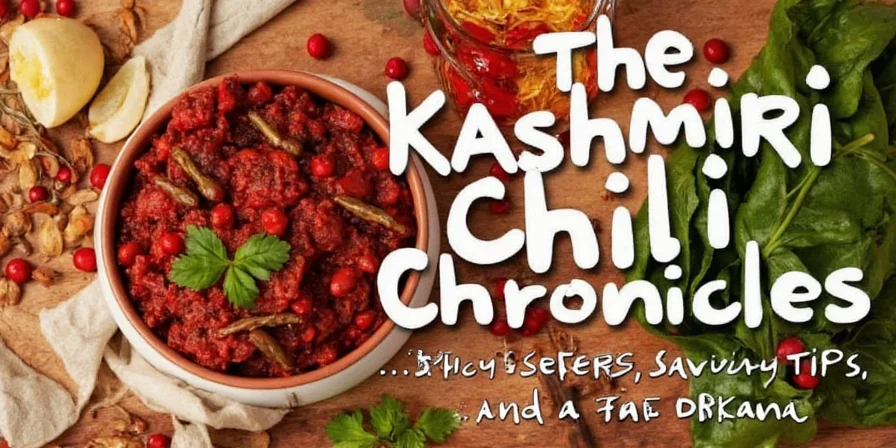
Unlike other chilies that punch hard with capsaicin, Kashmiri chilies deliver a soft whisper of warmth and a bold splash of color—making them the Beyoncé of the spice rack: stunning, smooth, and seriously versatile.
Heat Level: Mild but Mighty?
If you’re expecting tears and steam coming out of your ears, think again. The Kashmiri chili clocks in at around 1,000–2,000 Scoville Heat Units (SHU), which puts it right next to the humble bell pepper and far below the jalapeño (which starts at 2,500 SHU).
| Chili Type | Scoville Heat Units (SHU) | Kashmiri Rating (on Spice-O-Meter™️) |
|---|---|---|
| Kashmiri Chili | 1,000 – 2,000 | 🌶️ (Mildly flirtatious) |
| Jalapeño | 2,500 – 8,000 | 🌶️🌶️ (Date-night hot) |
| Hatch Green Chile | 1,000 – 8,000 | 🌶️🌶️ (Depends who you ask) |
| Habanero | 100,000 – 350,000 | 🌶️🌶️🌶️🌶️🌶️ (Breakup material) |
In short, if you want color without the chaos, Kashmiri chili is your ride-or-die.
History & Origin: From Royal Kitchens to Your Plate
Kashmiri chili isn’t just a modern kitchen staple—it’s steeped in centuries of tradition. Introduced to India by Portuguese traders in the 16th century, these chilies quickly became a beloved ingredient in the kitchens of Mughal emperors and local chefs alike.
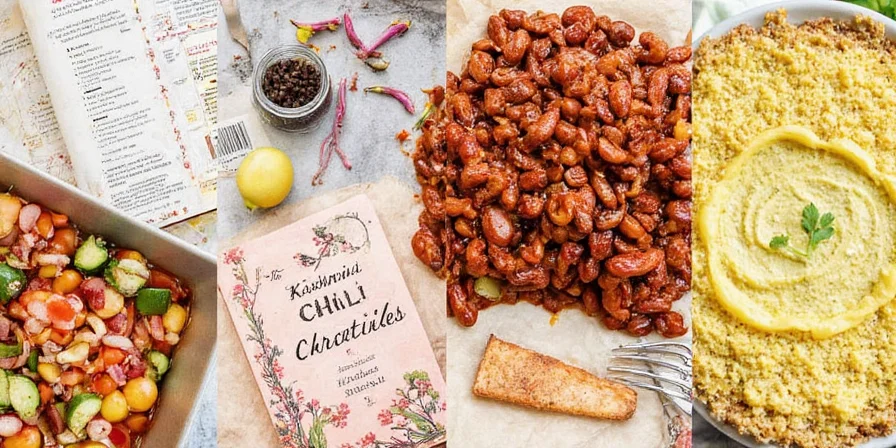
Why Kashmir? Well, the cool mountain climate and fertile soil create the perfect playground for these chilies to grow plump, red, and full of flavor. Over time, they became an essential part of regional dishes like Rogan Josh, Dum Aloo, and even pickles!
Culinary Uses: More Than Just Curry
While most associate Kashmiri chili with Indian cuisine, their uses stretch far beyond curry pots. Here are some creative ways to use this versatile spice:
- Tandoori Marinades: Adds that iconic red color without overpowering the flavors.
- Rub for Grilled Meats: Mix with cumin, garlic, and oil for a smoky, slightly spicy crust.
- Soups and Stews: Enhances depth without bringing the burn.
- Pickling Spice: Pairs beautifully with mustard seeds and fennel in vegetable pickles.
- Dry Rubs for Fries: Toss roasted potatoes in Kashmiri chili powder, salt, and garam masala for a fiery upgrade.
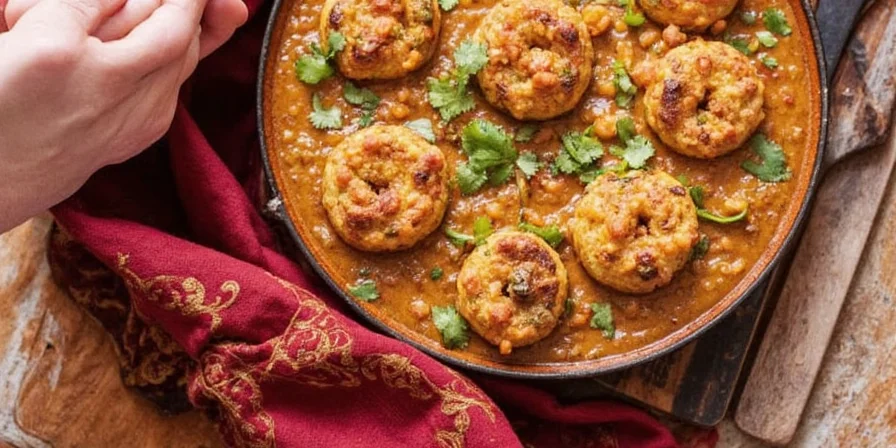
Substitutes: When You Can’t Find the Real Deal
If your pantry is Kashmiri chili-free, don’t panic. There are alternatives, though none quite replicate both the color and flavor. Here's a handy substitution guide:
| Substitute | Flavor Match | Heat Level | Best For |
|---|---|---|---|
| Ancho Chili Powder | Rich, sweet, earthy | Mild | Red sauces, mole, stews |
| Paprika (Hungarian) | Smoky or sweet, depending on type | Virtually no heat | Color boost, rubs, soups |
| Cayenne Pepper | Sharp, peppery | High | Spicy dishes, chili oils |
| Guntur Sannam Chili | Similar Indian profile | Moderate to high | Curries, spice blends |
Pro Tip: If you’re using paprika, consider adding a pinch of cayenne to mimic the gentle kick of Kashmiri chili without going nuclear.
5 Pro Tips for Cooking with Kashmiri Chili
- Toast It Lightly: For more aroma, toast the whole dried chilies in a dry pan before grinding. Don’t burn them—they’ll get bitter fast.
- Use Oil Wisely: Kashmiri chili releases its color best when cooked in oil. Add it early in the cooking process for optimal infusion.
- Blend for Depth: Combine with coriander, turmeric, and fennel for a custom masala that adds layers of flavor.
- Control the Heat: Remove the seeds if you want milder results; keep them in for a bit more zing.
- Add Freshness: Pair with fresh herbs like cilantro or mint to balance its warmth.
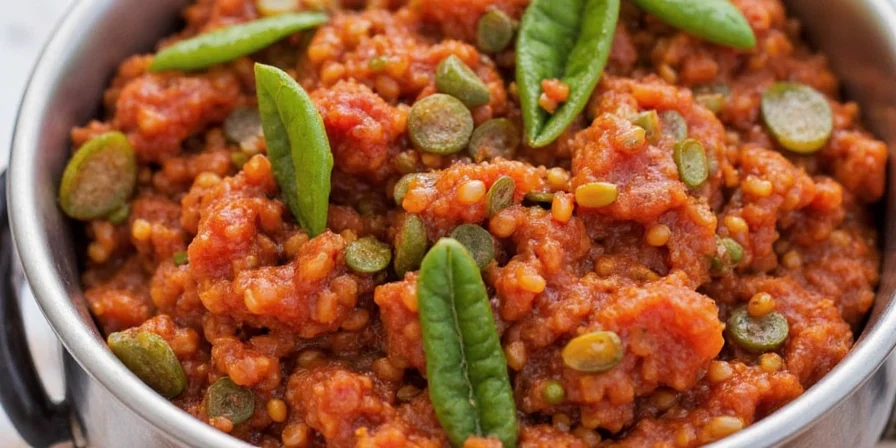
Health Benefits: Hot Stuff or Healthy Stuff?
Despite its low heat level, the Kashmiri chili still packs a nutritional punch. Like most chilies, it contains:
- Vitamin C: Supports immune function and skin health.
- Antioxidants: Helps fight oxidative stress and inflammation.
- Fiber: Aids digestion and keeps you feeling full longer.
And while it may not torch calories like a habanero would, it can help stimulate circulation and add flavor without salt or sugar—making it a smart addition to a healthy diet.
Where to Buy and How to Store
Kashmiri chili powder can be found at most South Asian grocery stores or ordered online. Look for “Kashmiri Lal Mirch” or “Kashmiri Red Chili Powder” in packaging labeled as pure and preservative-free.
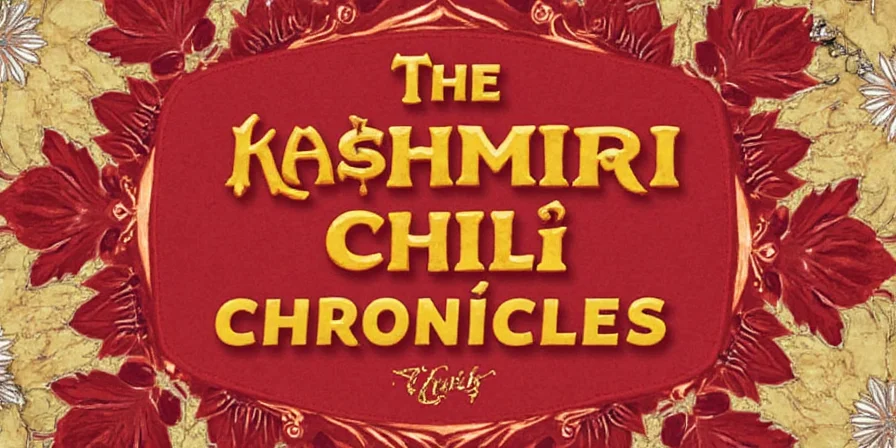
To preserve freshness:
- Store in an airtight container away from light and moisture.
- Keep in a cool, dark cupboard—no fridge needed!
- Expect shelf life of about 6–12 months.
Color Comparison Table: Kashmiri vs Other Chilies
| Chili | Natural Color | Color in Dishes | Brightness Index |
|---|---|---|---|
| Kashmiri Chili | Deep crimson red | Bright, vivid red | 🌟🌟🌟🌟🌟 |
| Ancho Chili | Dark maroon | Earthy brown-red | 🌟🌟🌟 |
| Cayenne | Orange-red | Fiery orange-red | 🌟🌟🌟🌟 |
| Paprika | Brick red | Warm reddish-orange | 🌟🌟🌟🌟 |
Spice Profile Comparison Chart
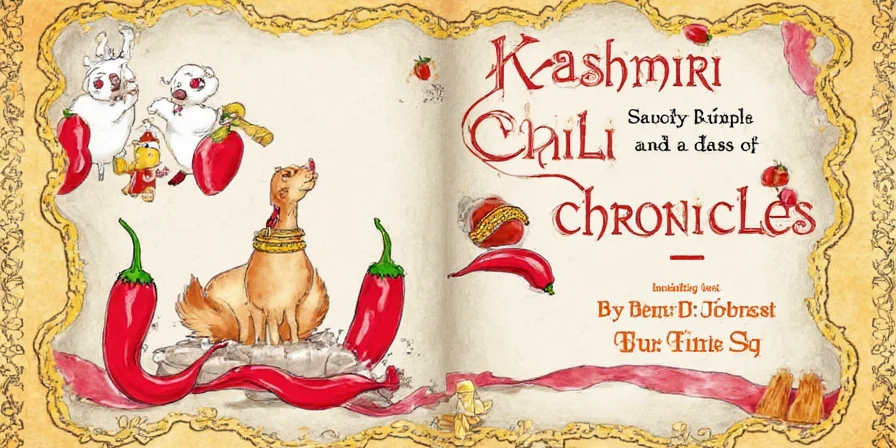
Conclusion: Why Every Kitchen Needs a Pinch of Kashmiri
The Kashmiri chili might not set your mouth on fire, but it certainly sets the stage for culinary magic. With its rich history, vibrant color, and gentle warmth, it’s the spice that gives without taking—flavor-wise, at least.
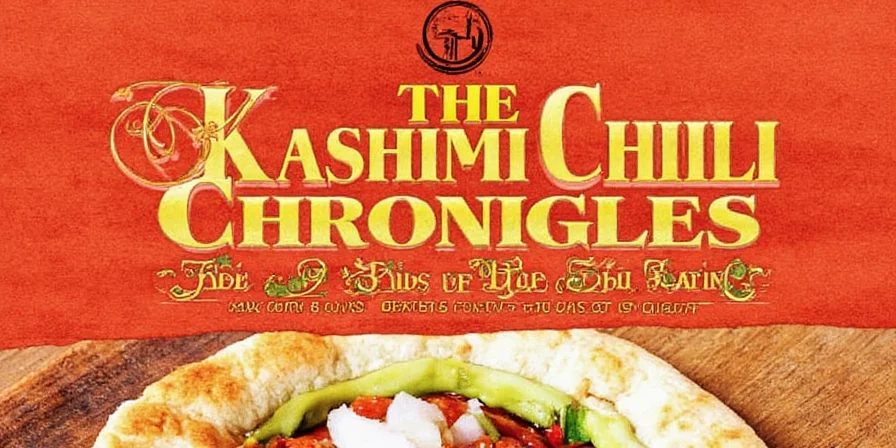
Whether you're grilling, stewing, or simply spicing up your rice bowl, a pinch of Kashmiri chili powder can elevate your cooking from basic to brilliant. So go ahead—embrace the red revolution, one dish at a time.

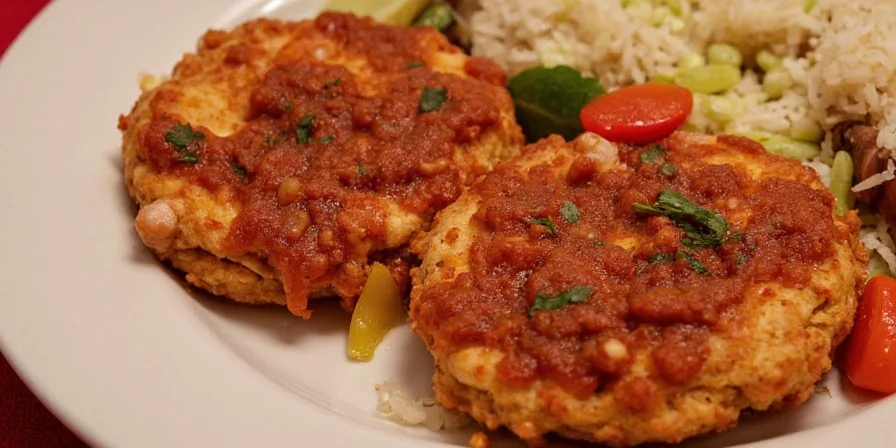









 浙公网安备
33010002000092号
浙公网安备
33010002000092号 浙B2-20120091-4
浙B2-20120091-4